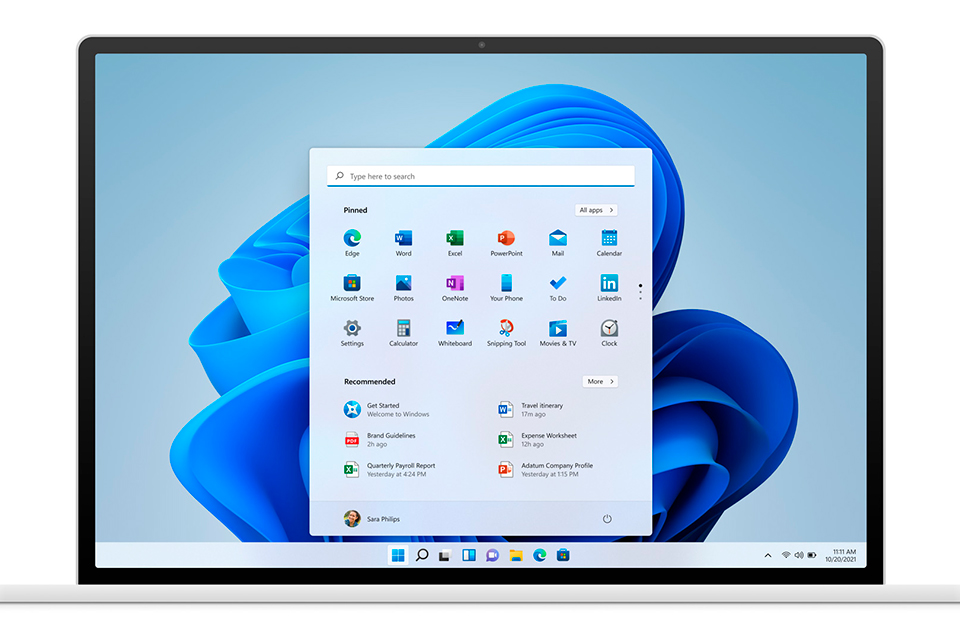It is a well-known fact that Škoda has extensive experience with motorsport. But did you know that the Czech carmaker also raced in the Formula 3 monopost category?
–
International formula racing in socialist Czechoslovakia ended for a long time with the last Grand Prix of Czechoslovakia in September 1949, during which the stars of the Grand Prix World competed on the Brno circuit, most of whom were at the birth of the Formula 1 Championship a year later.
Kinship with embéček
It was not until 1964 that a certain turning point came. In Mladá Boleslav, they approved the project of a new monopost, which could compete in the newly specified Formula 3 category for cars with engines with a cylinder capacity of up to 1000 cm3.
The monopost was given the designation Š 992. This clearly revealed the relationship with the type Š 990, ie the then brand new Škoda 1000 MB, ready for production in the spring of 1964. The first special Š 992 was completed but in February 1964.
–
It had a three-dimensional tubular steel frame and independent suspension of all four wheels, at the front on trapezoidal half-axles, at the rear on five-link suspensions. An interesting solution was to place the coil springs and shock absorbers of both axles to the center of the longitudinal axis of the body in its bowels, which had a beneficial effect on the aerodynamics of the monopost.
Adjustable shock absorbers made it possible to change the ground clearance of the car, whose 13 “electron rims, worn by Dunlop tires, were braked by four British Girling disc brakes.
Along the front axle was placed an in-line four-cylinder with OHV distribution and a crankshaft mounted three times. Thanks to the shorter stroke and larger bore, the F3 monopost had a displacement of 999 cm3 and was inclined 12˚ to the left of the vertical axis, followed by a clutch at the rear.

–
There was a so-called “embedded gear” between the clutch and the gearbox, which made it possible to reduce the center of gravity of the engine and adapt the overall gears to the character of a particular race track. The differential was serial with a fixed gear of 4.44. Water and oil coolers were placed in the bow of the monopost in front of the rider’s feet, on both sides of which were fuel tanks with a total volume of 30 liters.
The multi-part detachable body, developed in the wind tunnel, was initially made of aluminum, but soon switched to laminate. The curb weight was just below 420 kg, with 41.5% of the weight on the front axle and the rest on the stern with the engine.
Up to 66 kW
The liter unit was gradually improved. Initially, it gave a maximum output of 53 kW 7250 min-1, later with an increase in the compression ratio and other modifications in the 1966 season we managed to achieve an output of up to 66 kW in 8000 min-1.
So while the tests at the end of 1964 at the airport in Hoškovice reached a speed of 188 km / h, in 1966 the monopost, which also managed to lighten by 15 kg, drove over 200 km / h. Three pieces were created in Mladá Boleslav.
These were used in a number of interesting races. By the way, at that time it was still used exclusively on natural circuits and in the streets of cities with cobblestones, sunken lids from canals and the like.
Such a race was also the traditional Brno competition Between Pavilions, held on an improvised track, which was conducted between the pavilions of the famous exhibition center. In 1966, Václav (senior) and Jaroslav Bobková and their 992 Škodas took the first two places there. Jaroslav Bobek became the champion of the republic in Formula 3 in the same year, two years later his teammate Miroslav Fousek triumphed in the championship of socialist countries.

–
At the end of the 1960s, however, the Mladá Boleslav monoposts ceased to be sufficient competition from the Western European formulas of the Brabham or Tecno brands. And even at the Czechoslovak competitions, they had tough competition in Lotus Cosworth cars, which the Dukla Prague team acquired with the well-known drivers Vladimír Hubáček and Vladislav Ondřejík.
The final end of the Š 992 came with a change in the regulations for Formula 3 in 1971, which newly prescribed an engine capacity of 1.6 liters. Since then, Škoda has participated in other formula competitions only indirectly as a supplier of equipment.
Today, you can see two of the three built specimens in museums. Václav Bobek’s monopost is part of the Škoda Museum’s collections, Miroslav Fousek’s car has been in the Prague National Technical Museum since 1971.
Jaroslav Bobek’s monopost was rebuilt into a two-seater spider by Václav Král in the mid-1970s Baghira. The functional sample, which started it all, was disassembled into parts after the 1965 season and is now awaiting renovation in a private collection.
– .


